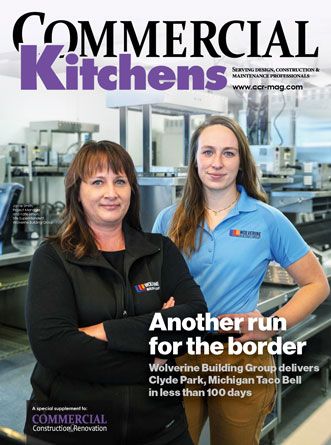There’s been a huge rise in microbreweries in the UK. Craft beer enthusiasts across the nation are hoping to champion their own exciting and unique flavours and brewing processes.
From tart ‘sours’, ‘coffee porters’ and a host of different types in between, the movement of craft beer has significantly grown in recent years. It’s even estimated that up to 6.5% of all beer sales in the UK are made up from microbreweries.
There are currently over 2,000 microbreweries in production, meaning that the craft beer scene isn’t looking like it’ll slow down any time soon. But when it comes to creating quality over quantity, there’s no mistaking that running a microbrewery can be an incredibly energy-intensive process.
Entrepreneurs face many challenges when they look at launching their own artisan beer, but a main issue is choosing the right energy supply. In this piece, gas cylinder suppliers, Flogas, offer some words of wisdom for those looking to kick-start their own successful brewery.
Equipment is key
Without the correct equipment, you may find you’re not making a profit, meaning your dream job could be over before you know it. One way to ensure this doesn’t happen is to choose an energy strategy that will reduce your usage and keep costs down. Microbreweries can be notoriously difficult to get off the ground financially, so by doing this, you can help boost your company’s profit margins.
Before choosing your energy source, you must choose the right equipment to get your business started. One of the main components in the brewing process is the mash system, which is commonly made up of the following:
• Mash tank – Steeps barley into hot water and converts grain starches into fermentable sugars
• Lauter tun – Separates the wort (or liquid) from the solids of the mash (much like a sieve)
• Steam generator – Heats the kettle, which is then brought to a controlled temperature before the hops are added
• Malt mill – Crushes the grain in preparation for brewing
• Wort Pump – Re-circulates the mash for a higher efficiency, enhancing the clarity and quality of the brew
• Plate Heat Exchanger/Wort Chiller – Quickly cools the hot wort ready for fermentation
The above is only for the mashing stage, too. Further to this, you’ll need a fermentation system (where yeast is added and sugar turns into alcohol), a cooling system (to prevent bacteria growth and where beer can be stored ready for sale), a filtering system (to get rid of sediment for a higher-quality product) and, of course, not forgetting the sterilisation equipment (to ensure that bacteria doesn’t spoil your next batch of beer).
The proof is in the hops
While equipment is important, so too are the ingredients that you choose. These will dramatically impact the flavour and consistency of your beer. With so many variations available, the possibilities are endless when it comes to creating something truly unique. But not matter how distinctive the taste, you’ll find all craft beer is made up the following key components:
• Water – It may sound obvious, but water makes up around 90 percent of any beer. The pH and mineral content of your chosen water, as well as if it’s hard or soft, can also affect the end result.
• Barley – Barley plays a key role in the alcohol percentage of your beer and can dramatically affect the body, taste and aroma of your finished product.
• Hops – Ever wondered where your favourite beer gets its distinctive flavour? Chances are it’s the hops. There are around 170 variations, meaning there’s plenty of choice when it comes to playing with flavour.
• Yeast – An invisible but key ingredient to any good beer – yeast has been used in beer brewing for centuries. Essentially a fungus, yeast eats the sugars created in the malting process. By allowing it to ferment and feed off the sugars, alcohol is created as a byproduct.
Powering your Microbrewery
It’s not an easy task when you try to launch your own microbrewery. Along with all the complications of the brewing process, the last thing you’ll want to worry about is extortionate energy prices, or an unreliable supply.
If you are currently using oil or solid fuels and are considering LPG, it’s worth taking into account that LPG is cleaner, cheaper and more efficient. With the lowest CO2 emissions of any fossil fuel, it’ll also mean a lower carbon footprint for your microbrewery.






 The 2024 virtual Men’s Round Table will be held Q4, 2024, date TBD.
The 2024 virtual Men’s Round Table will be held Q4, 2024, date TBD.











